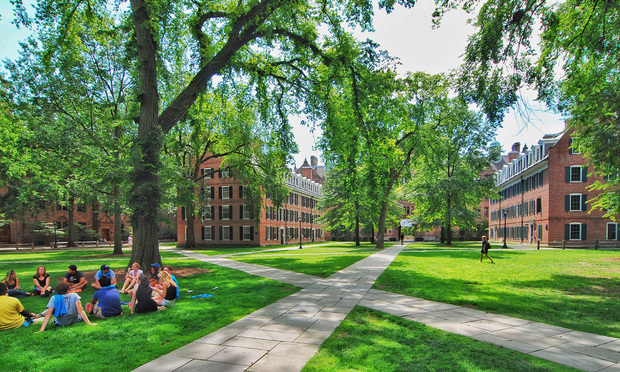As the pandemic crunches schools’ budgets around the country, their real estate holdings may be a key to unlocking liquidity and reducing occupancy costs.
“The pandemic is fast-forwarding business models that were already pivoting to take into account declining enrollments, reductions in state funding, higher debt loads and more distance learning,” stated Andy Graiser, co-president of the Association of Governing Boards of Universities and Colleges on AGB’s webinar, Bolstering Liquidity by Optimizing Real Estate.
Schools such as Dowling College, the College of New Rochelle, Career Education Corp. and Kaplan University have lowered their occupancy costs by restructuring or terminating leases and boosted liquidity through structured sales and sale-leaseback transactions, according to Graiser
After a financial crisis dating to 2016 caused the College of New Rochelle’s debt service to swell, the school negotiated an interim campus leasing agreement with Mercy College and subsequent structured sale of the main campus. This followed the structured sale of non-core assets near the school and a sale-leaseback of its Bronx satellite campus.
“In the wake of the Covid-19 Pandemic, colleges and universities need to formulate a top-to-bottom adaptive strategy that optimizes all facets of operations,” states Dr. William W. Latimer, VP of the Bronx Campus of Mercy College. “That includes looking closely at real estate—how it is collateralized, what the interest rate was when originally financed, and how much time is left to go.”
If a school wants to bolster liquidity through its owned properties, it can structure sales of non-core properties and sale-leasebacks of core properties. Colleges and universities can execute real estate sales in 60 days to 120 days, with none of the contingencies that often kill real estate deals late in the game, according to Jeff Hubbard, a senior managing director in A&G’s structured real estate sales division.
Sale-leasebacks could be a way for both individuals and companies to generate liquidity.
In September, an analysis from Trepp Commercial outlined an opportunity for homeowners to use sale-leaseback structures to pull equity out of their homes without having to move.
In the commercial space, there has been increasing interest in sale-leasebacks since COVID began as companies look to generate capital.
“The question is, with all the other opportunities they have to deploy capital, whether that is to pay down debt, make acquisitions or invest in technology or people, should they also own that real estate?” Stonemont Financial Group principal, Jeff Berryhill previously told GlobeSt.com. “So, I think the sale/leaseback transaction is getting a lot of interest in the market right now.”
